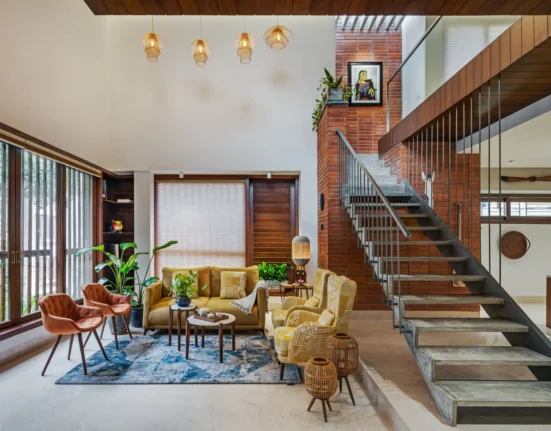Are you looking to achieve a beautiful and confident smile?
Imagine having your teeth straightened without anyone noticing. You might be wondering which option is better: Invisalign or traditional braces.
Invisalign and traditional braces are two popular options, but how do you know which one is right for you? You might wonder which option is more affordable or more comfortable and convenient. Don’t worry; we have got you covered!
Both options offer effective solutions, but understanding the costs associated with each can help make an informed decision. Let’s explore the world of teeth straightening and help you understand the costs of Invisalign braces and traditional braces.
Understanding Invisalign and Traditional Braces
Before delving into costs, let’s briefly differentiate between Invisalign and traditional braces.
Invisalign:
Invisalign, also called invisible teeth braces, utilizes clear, removable aligners made of transparent plastic that are custom-made to fit snugly over your teeth. These aligners gradually shift your teeth into the desired position, offering a discreet and flexible treatment option.
Traditional Braces:
Traditional braces are metal or ceramic brackets bonded to the teeth, connected by wires and tiny rubber bands. This system applies constant pressure to move teeth into alignment, gradually correcting orthodontic issues.
Comparing Costs: Invisalign vs. Traditional Braces
1. Initial Costs:
Invisalign typically has a higher initial cost than traditional braces due to the advanced technology involved in creating custom aligners.
Traditional braces may have lower upfront costs, especially for metal braces, making them a more budget-friendly option for some individuals.
2. Treatment Duration:
Invisalign treatment duration varies depending on the severity of misalignment but generally ranges from 6 to 18 months.
Traditional braces often require a longer treatment duration, averaging around 18 to 36 months, depending on the case’s complexity.
3. Maintenance and Adjustments:
With Invisalign, maintenance primarily involves regularly changing to a new set of aligners approximately every two weeks and maintaining proper oral hygiene.
Traditional braces require periodic adjustments by an orthodontist, usually every 4-6 weeks, along with diligent oral hygiene practices to prevent issues like tooth decay and gum disease.
4. Aesthetics and Comfort:
Invisalign aligners are virtually invisible and generally more comfortable to wear than traditional braces, which can cause discomfort and irritation due to metal brackets and wires.
5. Insurance Coverage and Financing Options:
Invisalign and traditional braces may be partially covered by dental insurance, depending on the specific plan.
Many orthodontic clinics offer financing options and payment plans to help manage treatment costs, making both options more accessible to individuals seeking affordable orthodontic care.
Considerations for Low-Cost Braces Near Me
For individuals prioritizing affordability and convenience, exploring nearby low-cost braces options can be beneficial. Here are some factors to consider:
1. Research and Comparison:
Conduct research to identify orthodontic clinics or providers offering low-cost braces in your area.
Compare different providers’ services, reputation, and pricing structures to find the best value for your budget.
2. Consultation and Evaluation:
Schedule consultations with potential orthodontists to discuss your treatment goals and assess your orthodontic needs.
During the evaluation, inquire about any available discounts, promotions, or financing options for low-cost braces.
3. Quality of Care:
While cost is an important factor, prioritize quality of care and expertise when choosing an orthodontic provider.
Look for reputable clinics with experienced orthodontists who can deliver effective treatment outcomes while minimizing costs.
4. Flexible Payment Options:
Opt for orthodontic clinics that offer flexible payment plans or financing options to accommodate your budget constraints.
Some providers may offer discounts for upfront payment or extended payment plans with low or no interest rates.
Conclusion
When evaluating the costs of Invisalign versus traditional braces, it’s essential to consider the financial aspect and factors such as treatment duration, maintenance, aesthetics, accessibility to low-cost options, and, specifically, the cost of Invisalign braces. By weighing these considerations and exploring available, affordable orthodontic solutions, individuals can make an informed decision that aligns with their budget and orthodontic needs, ultimately achieving a beautiful, confident smile without breaking the bank.







